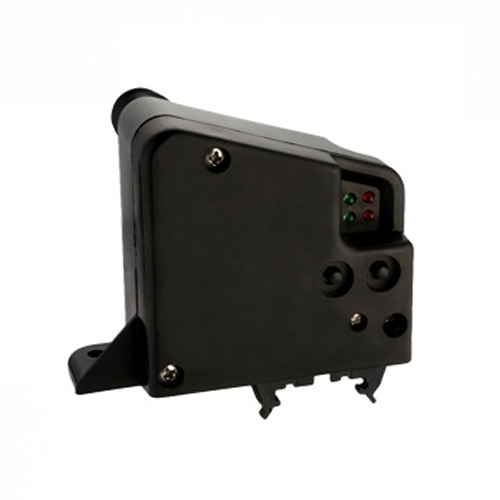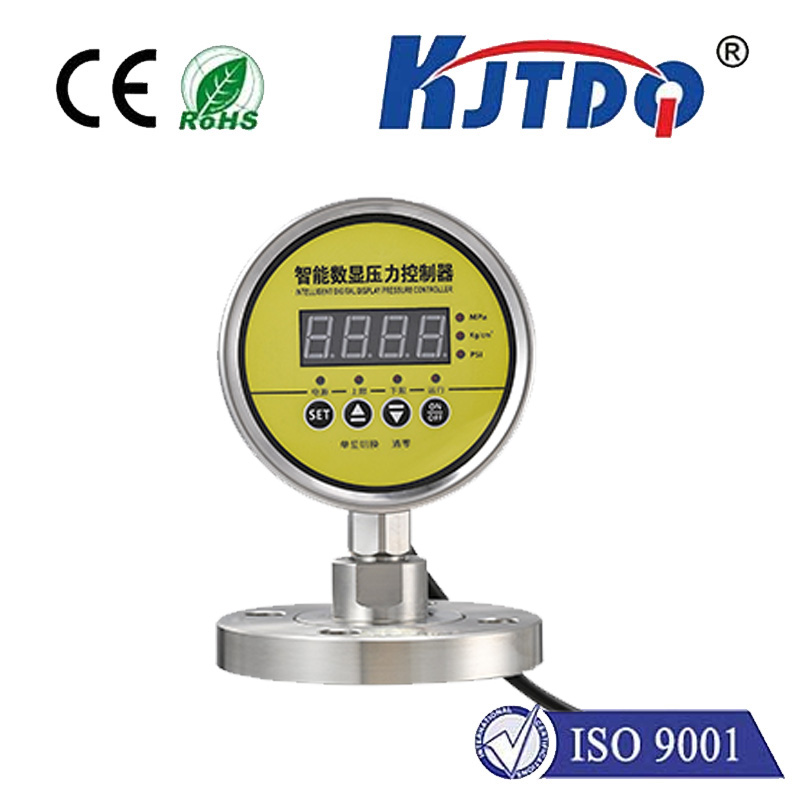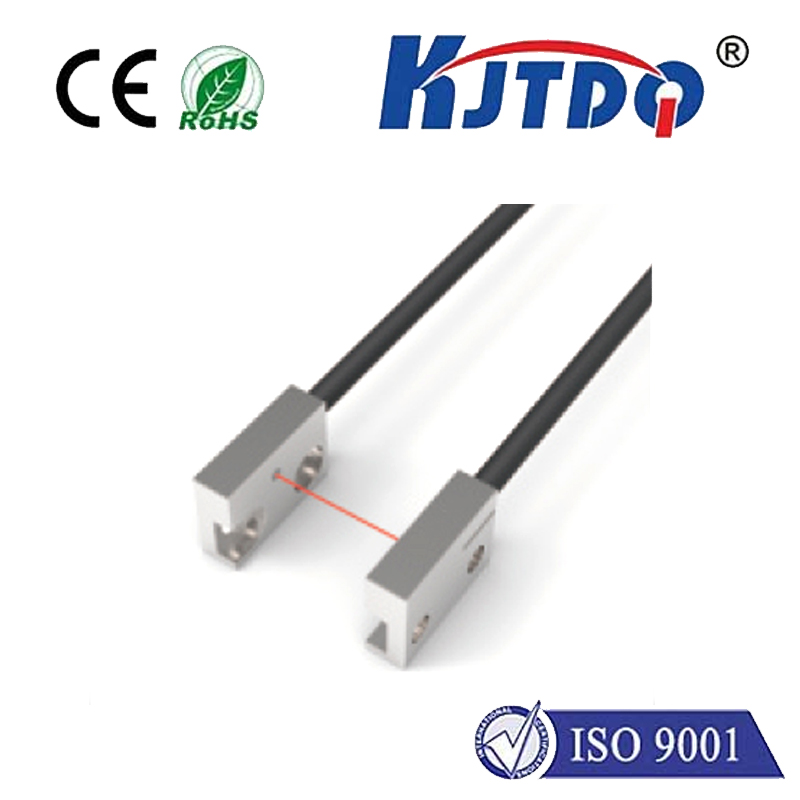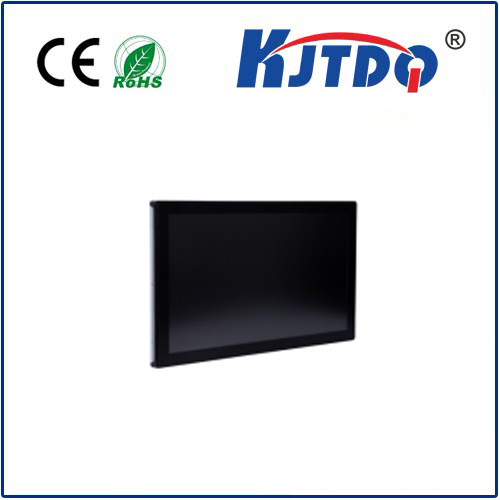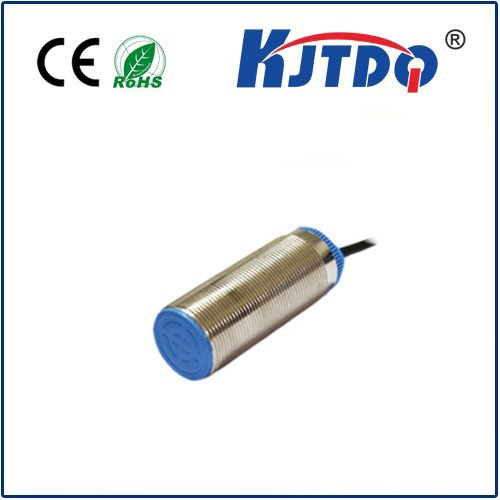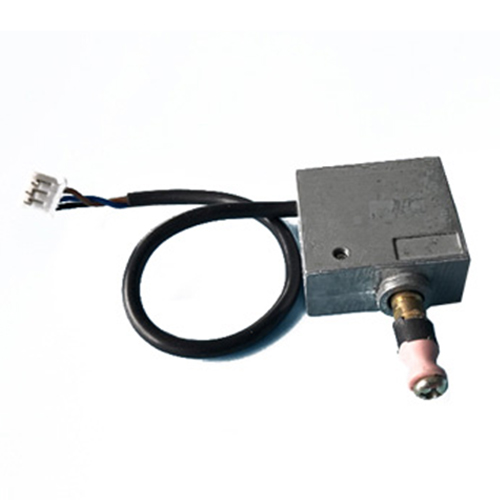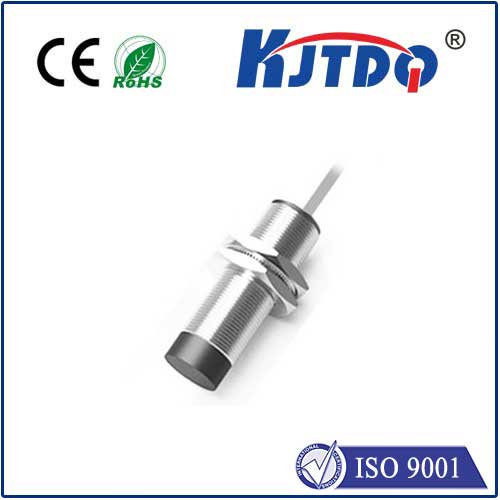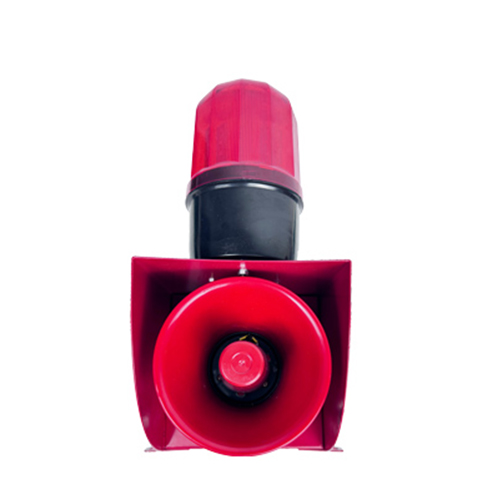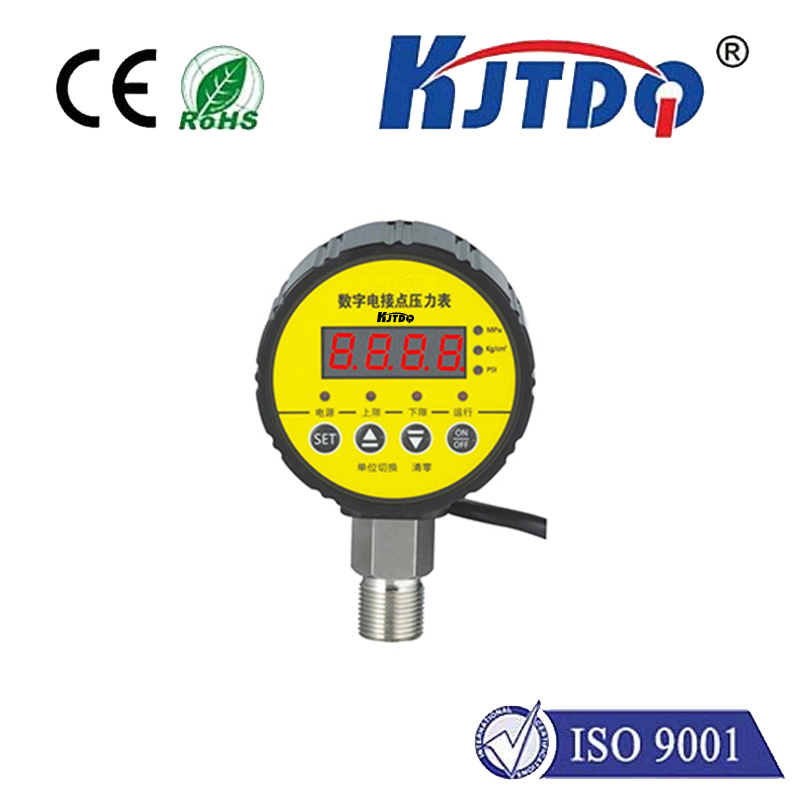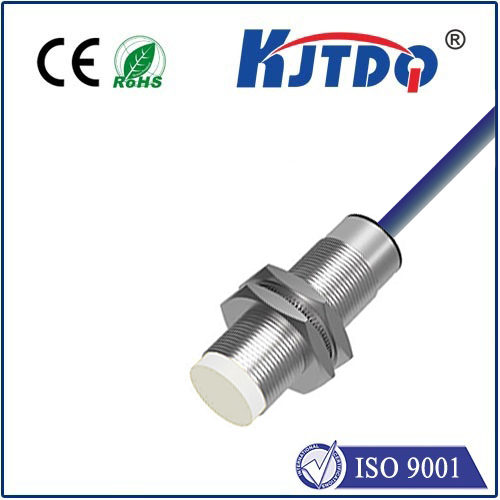

check

check

check

check
F-16 Optical Fiber Sensor: Enhancing Aircraft Performance with Advanced Sensing Technology
The F-16 Fighting Falcon, a highly effective multirole fighter aircraft, has long been a symbol of precision and performance. In recent years, the integration of advanced sensor technologies has become crucial for maintaining its operational superiority. One such innovation is the FU-16 optical fiber sensor, which is revolutionizing how the F-16 monitors its environment and responds to changes in real time.
Optical fiber sensors are known for their high sensitivity, durability, and ability to operate in extreme conditions. These sensors are typically made from materials such as glass or plastic, and they use light to detect physical changes in their surroundings. The FU-16 optical fiber sensor is specifically designed to enhance the F-16’s onboard systems, providing accurate and reliable data for a wide range of applications.

The primary application of the FU-16 optical fiber sensor is in the flight control system. By detecting changes in air pressure, temperature, and vibration, the sensor enables the F-16 to maintain stability and respond to environmental fluctuations. This is particularly important during high-speed maneuvers or in adverse weather conditions. The sensor’s ability to provide continuous, real-time data ensures that the pilot can make informed decisions, improving overall flight performance and safety.
Another key area where the FU-16 optical fiber sensor excels is in structural health monitoring. The F-16 is subjected to significant forces during combat and operational missions. The sensor helps monitor the aircraft’s structural integrity, detecting any microfractures or material degradation that could compromise safety. This proactive monitoring allows for timely maintenance and extends the aircraft’s operational life.
The FU-16 optical fiber sensor also plays a vital role in environmental monitoring. It can detect changes in temperature, humidity, and pressure, which are critical for flight performance and pilot comfort. By integrating these data points, the sensor helps optimize the aircraft’s performance and reduces the risk of system failures during critical phases of flight.
In addition to its technical benefits, the FU-16 optical fiber sensor contributes to system reliability. Its design is highly robust, making it suitable for extreme conditions such as high altitudes, intense heat, and mechanical stress. This ensures that the sensor remains functional even in the most demanding environments, which is essential for mission success.
The integration of the FU-16 optical fiber sensor into the F-16’s existing systems represents a significant advancement in aerospace engineering. It not only enhances the aircraft’s performance and safety but also sets a new standard for sensor technology in modern aviation. As the demand for advanced sensor systems increases, the FU-16 optical fiber sensor stands out as a key innovation that is shaping the future of aerospace technology.
In conclusion, the FU-16 optical fiber sensor is a critical component in the F-16’s modernization efforts. Its integration into the aircraft’s systems improves performance, reliability, and safety, making it an essential tool for military and commercial aviation. As technology continues to evolve, the role of such sensors will only become more important, paving the way for future advancements in aircraft design and operation.
